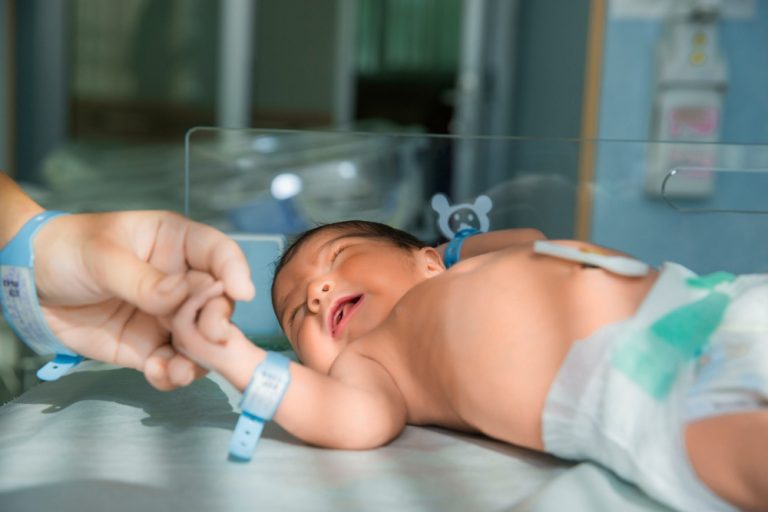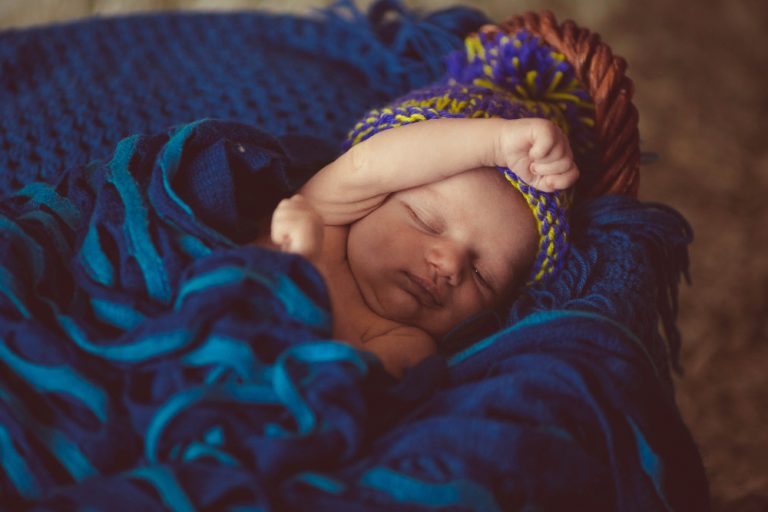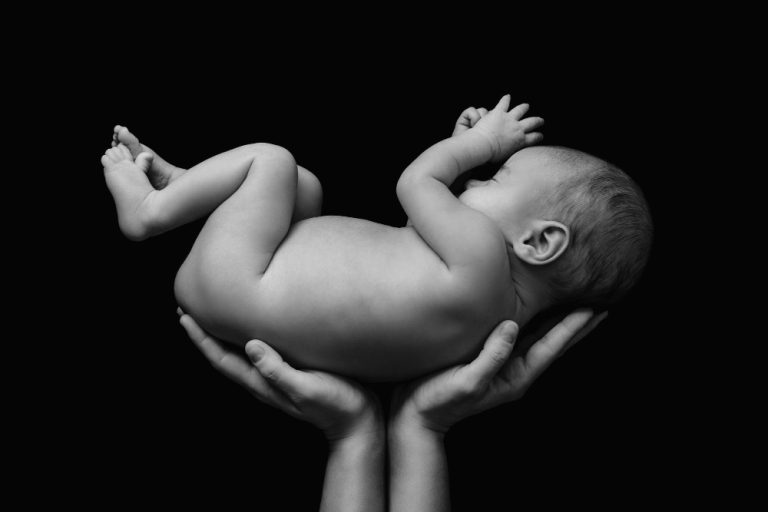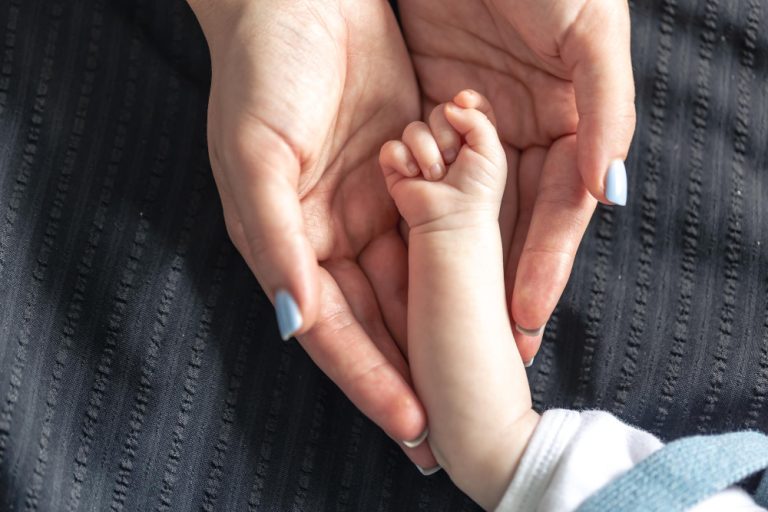How To Correct Bow Legs In Babies? Causes and When to Worry
Are you excited to see your baby grow and hit new milestones every day? As a parent, you want to celebrate every little achievement of your precious one. However, have you noticed something unusual about your baby’s legs lately? Does it look like their knees curve outward when they stand with their feet together? If so, it could be a case of bow legs. But, do you know how to correct bow legs in babies?
It’s possible that your baby has bow legs, a common condition in babies and toddlers. This comprehensive guide will help you understand everything about bow legs in babies, including their causes, how to correct bow legs in babies, and when to seek professional guidance. So, let’s dive in and learn more about this condition that affects many babies around the world.
What Are Bow Legs (Genu Varum)?
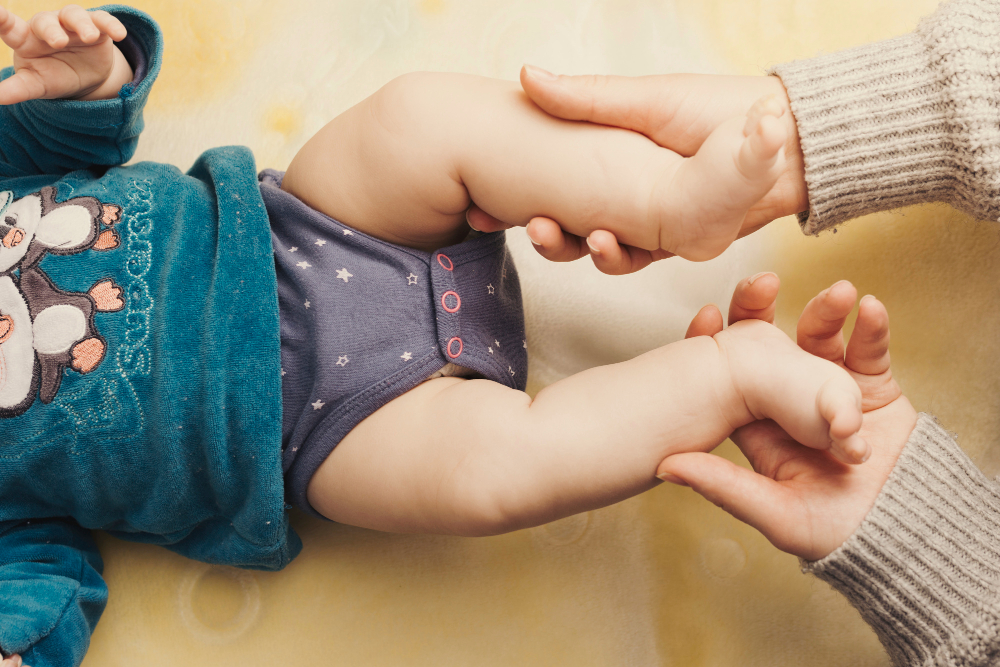
Genu varum, commonly known as bow legs, is a medical condition characterized by an outward bowing of the legs at the knee when a person stands with their feet together. This condition can affect one or both legs and is usually more noticeable in the lower part of the legs.
Bow legs can be caused by an array of factors, including developmental conditions, genetic abnormalities, and nutritional deficiencies.
Some common developmental conditions that can cause bow legs include Blount’s disease, rickets, and skeletal dysplasia.
Bow legs can also be attributed to genetic abnormalities that affect the structure and alignment of bones in the legs.
In some cases, bow legs may not cause any discomfort or affect mobility; however, in severe cases, they can cause pain, difficulty walking, and an increased risk of falls.
It is important to seek medical attention if you suspect you have bow legs, particularly if they are causing discomfort or affecting your mobility. A healthcare professional can diagnose the condition and recommend an appropriate treatment plan to alleviate any symptoms and prevent further complications.
Are Bow Legs Normal in Babies?
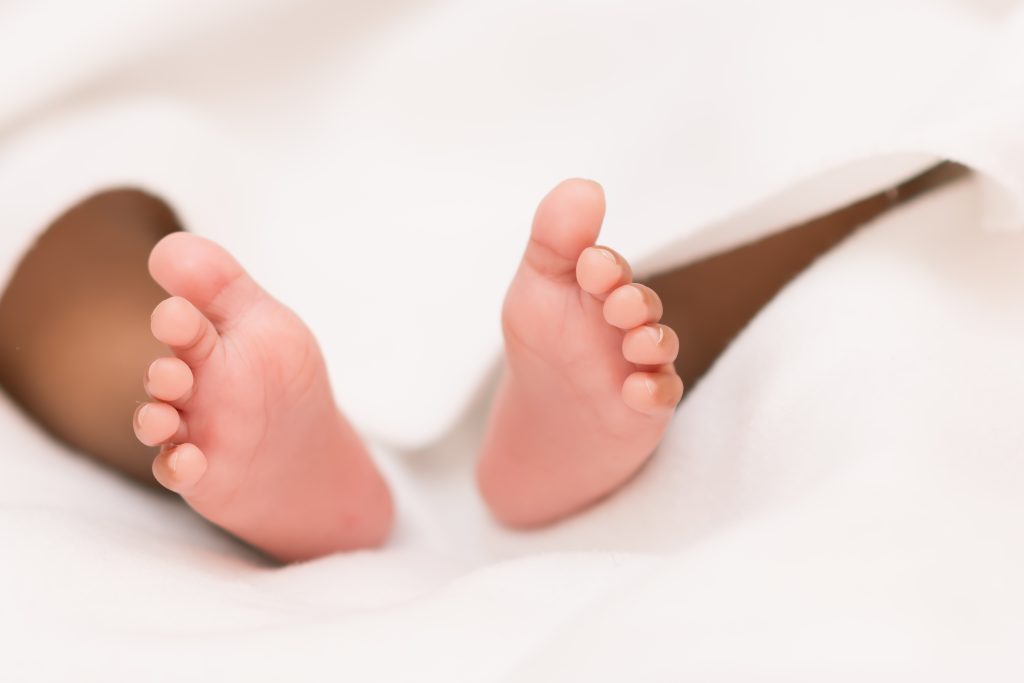
Bow legs, also known as genu varum, is a condition in which the legs appear to bow outward at the knees while the feet and ankles touch. It is quite common in babies and young children, where up to 80% of infants develop bow legs during their first year, according to a study published in the Journal of Pediatric Orthopaedics.
The primary cause of bow legs is the cramped position of a baby in the womb, which results in the legs’ physiologic bowing.
However, this physiological bowing is a natural and expected consequence of a baby’s development, and it corrects itself as the child grows and strengthens their leg muscles. In some cases, bow legs can persist beyond the age of three, which may indicate an underlying medical condition that requires treatment.
Causes of Bow Legs in Babies
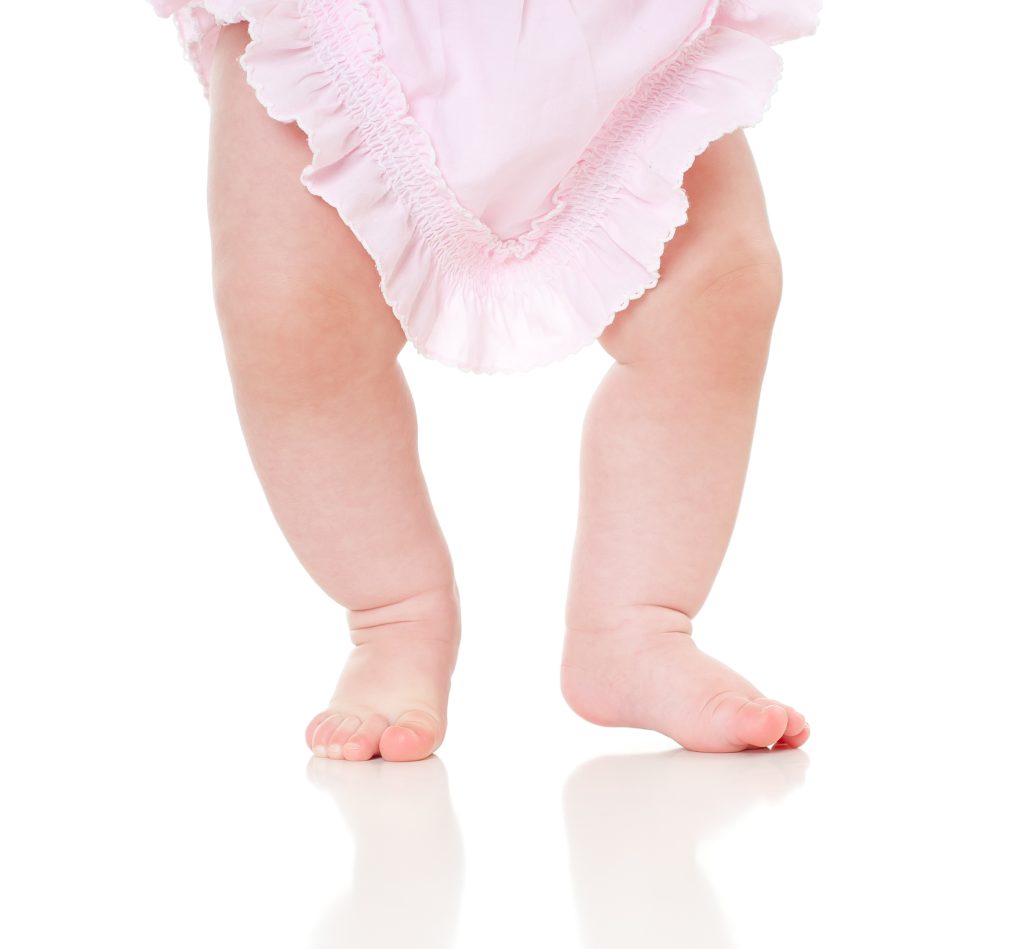
There are two main categories of bow legs in babies: physiological bowing and pathological bowing.
- Physiological Bowing
This is the most frequent type, affecting most babies during their first year. It’s a normal developmental stage and usually corrects itself by 18 months to 2 years old as the leg bones straighten and the child begins walking.
- Pathological Bowing
This less common type of bow legs is caused by underlying medical conditions that affect bone growth or development. It may present at birth or develop later in infancy and typically doesn’t improve on its own. Some potential causes of pathological bowing include:
- Blount’s Disease
Blount’s Disease is a medical condition that affects the growth plate located in the tibia, also known as the shinbone. This condition causes the growth plate to grow unevenly, which ultimately leads to the bowing of the legs.
It is important to seek medical attention if you or someone you know is experiencing symptoms of Blount’s Disease to receive proper diagnosis and treatment.
- Rickets
It’s worth noting that when the body doesn’t get enough vitamin D, it may lead to a condition called rickets. Rickets refers to a condition that leads to softening of the bones, which can cause bow legs.
- Metabolic Bone Diseases
It is important to mention that certain metabolic disorders can interfere with the proper development of bones, which may result in the condition of bow legs. This condition is characterized by an outward curvature of the legs, creating a distinct ‘bow-like’ appearance.
Therefore, it is crucial to identify and treat any metabolic disorders that could potentially lead to this condition, in order to ensure healthy bone development and prevent any long-term complications.
- Genetic Disorders
Certain genetic disorders may lead to the development of unusual bone growth, which can manifest as bow legs. This condition is characterized by the legs curving outward, creating a bow-like appearance.
It can be congenital or acquired and may cause discomfort or difficulty with walking. If you suspect that you or someone you know has bow legs, it’s important to consult a medical professional for an accurate diagnosis and treatment plan.
Signs and Symptoms of Bow Legs
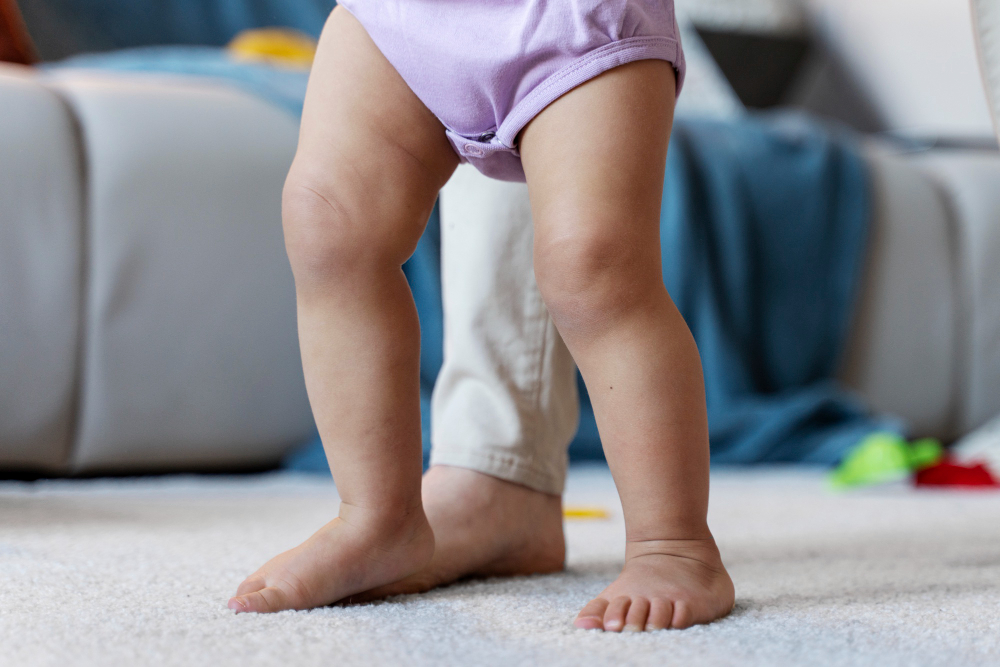
Bowing of legs is a common condition in infants and toddlers where the legs appear to curve outward instead of being straight. This condition is usually considered to be physiological and is not a cause for concern. However, it is important to consult a pediatrician if your child experiences any accompanying symptoms.
These may include:
- One leg appears more bowed than the other
- The bowing becomes more pronounced over time
- The child complaining of pain or discomfort in their legs
- If there are any delays in the child’s walking milestones.
Consulting a medical professional can help to rule out any underlying medical issues and ensure that your child receives appropriate treatment if necessary.
Diagnosing Bow Legs in Babies
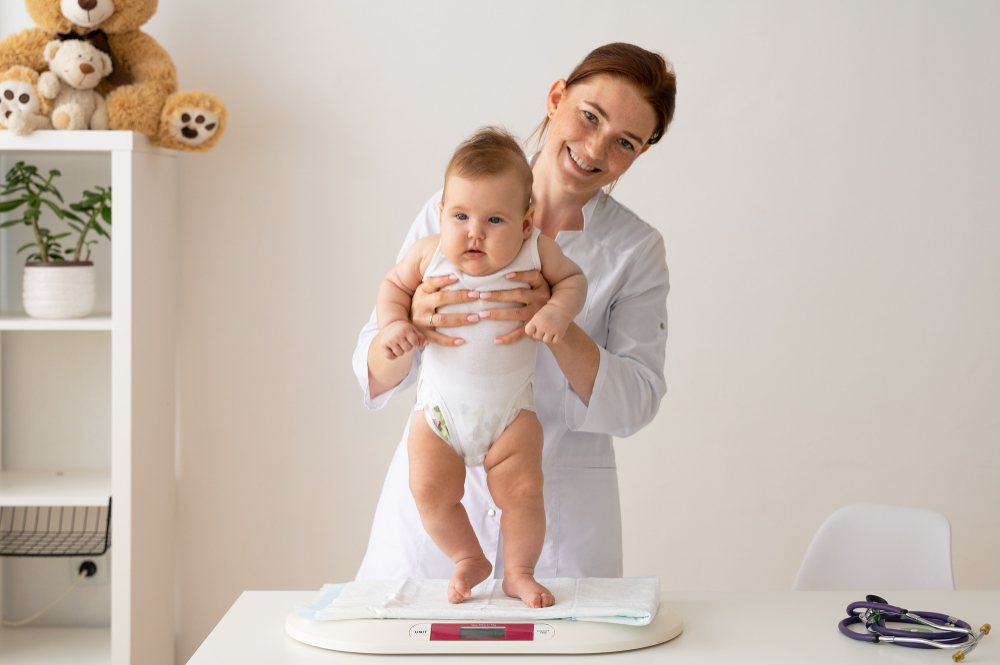
It is common for pediatricians to examine a baby’s legs during a routine checkup to ensure that there are no signs of bowing. Bowing of the legs refers to a condition in which the legs appear curved or bent outwards, either one or both legs.
In most cases, if the bowing is physiological, it is not a cause for concern and can be observed without any further treatment. However, in some cases, if the pediatrician suspects pathological bowing, they may suggest additional tests to identify the underlying cause.
To diagnose physiological bowing, a pediatrician may conduct a physical examination to check for any signs of abnormality in the child’s legs.
If no abnormalities are found, the child may be diagnosed with physiological bowing and may be advised to come back for a follow-up examination to monitor the condition.
On the other hand, if the pediatrician suspects pathological bowing, they may recommend further tests such as X-rays or blood tests to identify the underlying cause.
Pathological bowing may occur due to various factors such as bone disorders, nutritional deficiencies, or hormonal imbalances.
Based on the underlying cause, the pediatrician may suggest appropriate treatment options to correct the bowing and prevent any further complications in the child’s growth and development.
How To Correct Bow Legs In Babies? Treatment Options
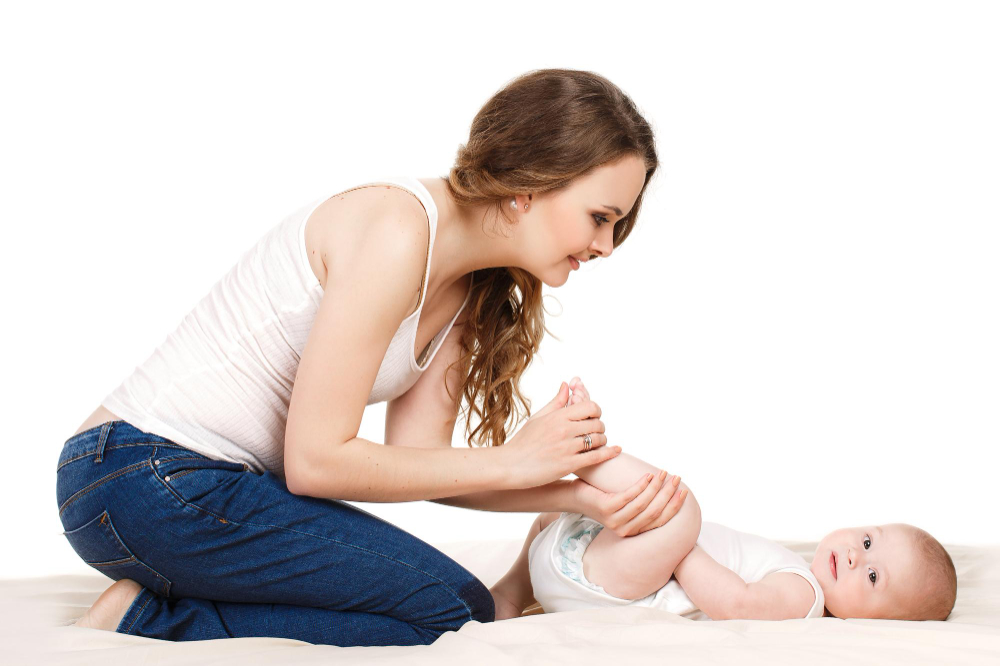
The treatment for bow legs depends on the type and severity of the condition.
- Physiological Bowing
Physiological bowing, which is also known as “physiologic genu varum,” is a common condition in infants and young children where the legs bow outward at the knees. This condition is usually a result of the natural development of the bones and joints, and it often corrects itself without any treatment.
However, it’s important to keep an eye on the bowing and ensure that your child is getting enough vitamin D to support healthy bone growth. Vitamin D is essential for proper bone development, and a deficiency can lead to weakened bones and other health problems.
Therefore, your pediatrician may recommend monitoring your child’s bowing and vitamin D levels to ensure that they are getting the support they need for healthy growth and development.
- Pathological Bowing
The treatment plan for pathological bowing may vary depending on the underlying cause. However, there are several potential approaches that can be taken.
- Braces
One of the most common methods is the use of special braces that can help guide the leg bones into a straighter position. Early intervention with bracing can be particularly effective in some cases.
- Surgery
In more severe cases, where the bowing of the legs doesn’t respond to bracing, surgery may be necessary to correct the issue. Surgery is typically recommended only when the condition is so severe that it affects the patient’s quality of life and the ability to perform daily activities.
The surgical procedures employed may vary depending on the individual’s unique needs, but they usually involve the use of metal plates or screws to realign the bones in the legs.
It’s important to note that the treatment plan for pathological bowing should be developed and implemented under the guidance of a qualified medical professional. They will be able to assess the individual’s condition and determine the most effective approach for addressing the issue.
When to Worry About Bow Legs in Babies
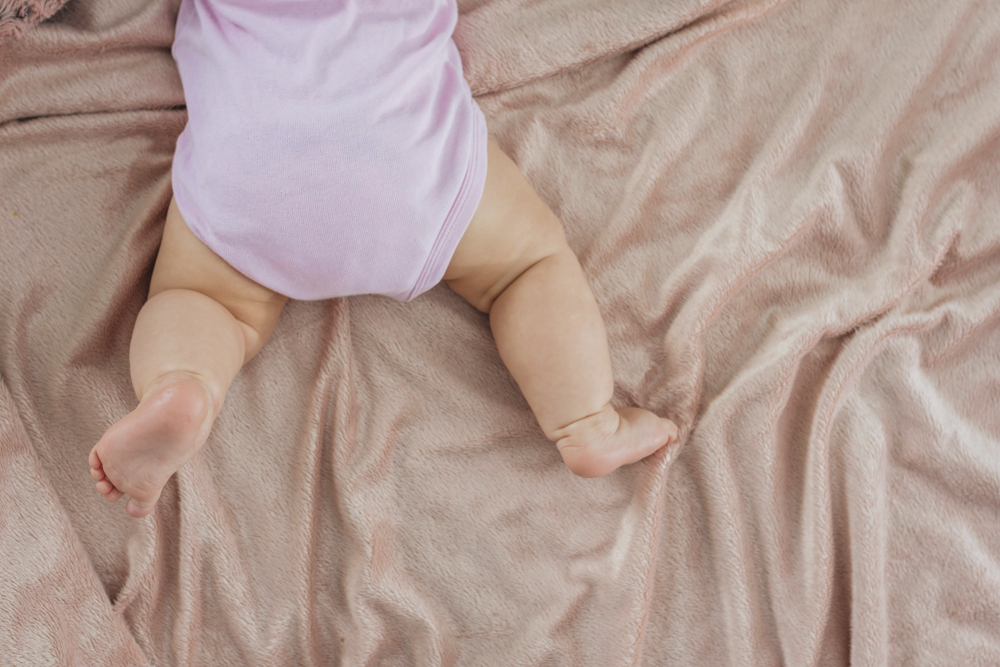
Bow legs are a fairly common occurrence in newborn babies as their legs are often still developing and adjusting to life outside the womb. However, in some instances, it may be necessary to seek the opinion of a pediatrician or a qualified healthcare professional. It’s essential to recognize the signs that indicate the need for medical evaluation. Here are some indicators that may require further professional guidance:
1. The bowing of your baby’s legs appears severe or seems to be worsening over time.
2. One leg appears significantly more bowed than the other. This condition is known as unilateral bowing and should be examined by a professional.
3. Your child experiences pain or discomfort in their legs. The pain might occur during movement or at rest.
4. Your baby seems to be delayed in reaching walking milestones. If your baby is struggling to stand or walk at the appropriate age, it may be an indication of an underlying issue.
If you notice any of these signs, it’s best to seek medical advice as soon as possible. A healthcare professional can examine your baby and suggest appropriate measures to address the underlying issue.
Early Detection and Intervention is Key
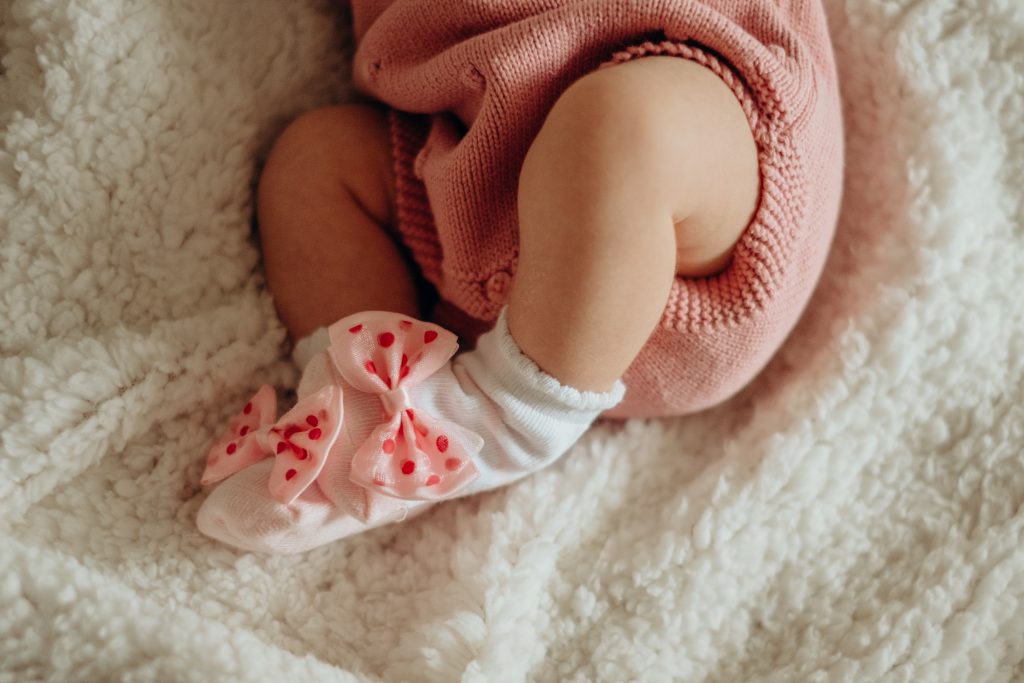
Pathological bow legs, also known as Blount’s disease, is a condition that affects the bones in the lower leg causing them to bend outward. This condition can negatively impact your child’s mobility and development if left untreated. Therefore, early detection and intervention are critical in managing pathological bow legs.
If you notice that your baby’s legs appear to be bowing, or if there is an asymmetry in leg development, it is important to consult a pediatrician as soon as possible. The pediatrician will conduct a thorough physical examination and may perform imaging tests such as X-rays to determine the severity of the condition.
A timely diagnosis allows for appropriate treatment, potentially preventing complications and ensuring your child’s healthy development. The treatment options can range from braces and physical therapy to surgery, depending on the severity of the condition.
Therefore, seeking medical attention at the earliest signs of bowing in your child’s legs can be crucial in ensuring their healthy development and mobility in the future.
Living With Bow Legs: Tips for Parents

While bow legs are a common occurrence in babies, it’s understandable for parents to have concerns. Here are some tips to help you navigate this situation:
- Schedule Regular Checkups
Maintaining regular well-child visits with your pediatrician allows for early detection of any potential concerns regarding your baby’s leg development.
- Maintain a Vitamin D Supplement
Vitamin D is essential for bone health. If your pediatrician recommends it, ensure your baby receives a daily dose of vitamin D drops as prescribed.
- Encourage Tummy Time
Supervised tummy time strengthens your baby’s neck, back, and core muscles, which can indirectly contribute to proper leg development.
- Dress Your Baby Comfortably
Avoid tight clothing that could restrict your baby’s leg movements. Opt for loose-fitting garments that allow for natural movement and growth.
- Be Patient and Trust the Process
Physiological bowing typically corrects itself by 18-24 months. Observing your baby’s development and avoiding unnecessary comparisons to other children can help ease anxieties.
Prognosis for Bow Legs
The prognosis for bow legs depends on the type and severity of the condition.
- Physiological Bowing
The outlook for physiological bowing is excellent. In most cases, the legs straighten naturally by 18-24 months without any intervention.
- Pathological Bowing
Early diagnosis and treatment of pathological bowing can lead to positive outcomes. With proper management, most children with pathological bowing can achieve normal leg development.
Coping with Bow Legs: A Support System Matters
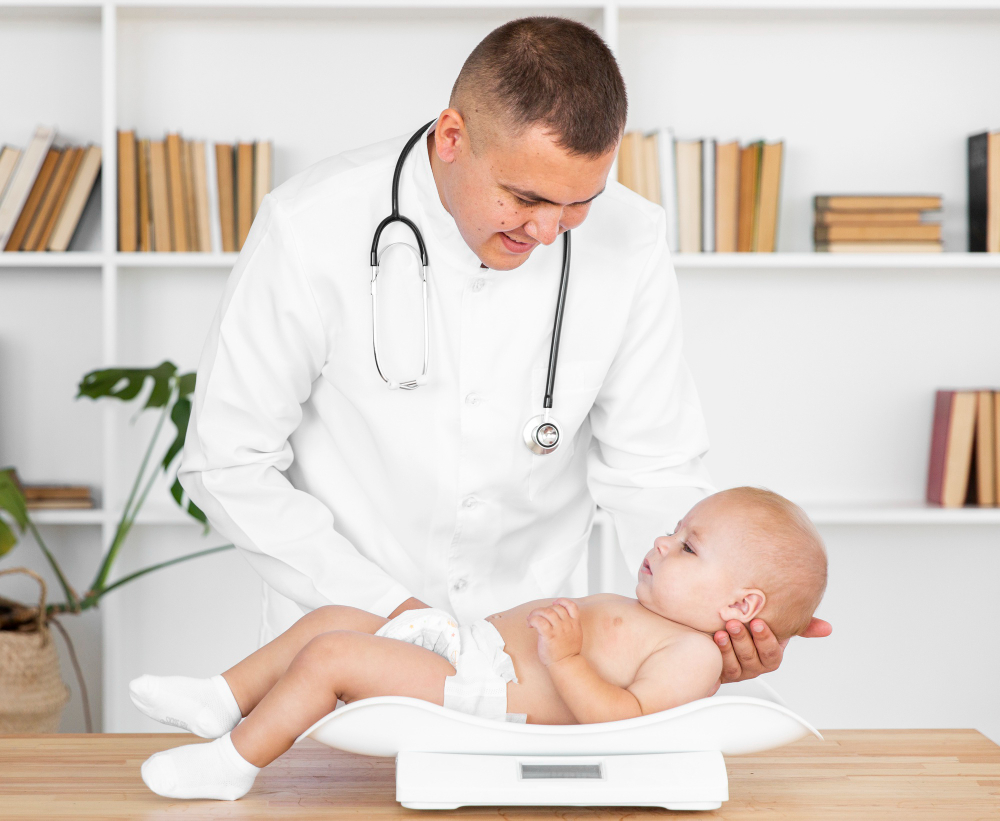
If your child is diagnosed with pathological bowing, it’s natural to feel overwhelmed or concerned. Here are some tips for managing your emotions and finding support:
- Talk to Your Pediatrician
Discuss any anxieties you have and ask questions about the treatment plan.
- Connect with Support Groups
Online forums or local support groups can connect you with other parents who have children with bow legs. Sharing experiences and offering encouragement can be invaluable.
- Focus on the Positive
Maintain a positive outlook and celebrate your child’s milestones, no matter how small.
The Final Note: How To Correct Bow Legs In Babies?
Bow legs are a common childhood concern, but with proper knowledge and early intervention when necessary, most children can achieve healthy leg development. By understanding the causes, treatment options, and available resources, parents can effectively navigate this situation and ensure the well-being of their little ones.
FAQs: How To Correct Bow Legs In Babies?
Q: Is there anything I can do to prevent bow legs in my baby?
A: Unfortunately, there’s no guaranteed way to prevent physiological bowing in babies. However, ensuring your baby receives adequate vitamin D and maintaining regular well-child visits for monitoring are essential practices.
Q: Will my child’s bow legs affect their ability to walk or run?
A: Physiological bowing typically doesn’t affect a child’s ability to walk or run. However, if you have any concerns, consult your pediatrician. In severe cases of pathological bowing, early intervention, and treatment can help ensure proper leg development and avoid any limitations on mobility.
Q: What are some signs that my child’s bow legs might be improving?
A: As your child grows, the outward curvature of the knees should gradually decrease. The space between the ankles when your child stands with their feet together should also lessen over time.
Do you have any questions or experiences regarding how to correct bow legs in babies that you’d like us to cover? Feel free to leave a comment below!


